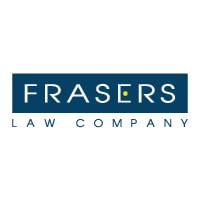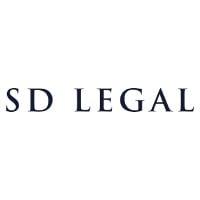

Executive vice president, legal and international projects | Thoresen Thai Agencies (TTA)








Dr Vincent Siaw
Executive vice president, legal and international projects | Thoresen Thai Agencies (TTA)
What is your legal strategy during periods of instability or uncertainty?
In today’s rapidly changing business environment, periods of instability or uncertainty are inevitable. These times can significantly impact operations, finances, and overall strategic direction. We have discovered that the following legal strategies are useful to navigate such situations:
Flexible Legal Frameworks: This involves incorporating clauses that address force majeure, economic changes, and other unforeseen events, allowing for renegotiation or termination of contracts under specific conditions. These provisions provide a safety net, enabling our businesses to navigate disruptions with greater confidence.
Proactive Risk Management: By identifying potential legal risks and their implications, we can develop targeted strategies to address them. This may include diversifying supply chains, securing alternative dispute resolution mechanisms, and maintaining robust compliance programs to ensure adherence to evolving regulations.
Clear Communication: Maintaining open and transparent communication with stakeholders is crucial for us. Clear communication helps manage expectations and builds trust, which is particularly valuable during turbulent times. We facilitate this by providing timely updates on regulatory changes, potential impacts on operations, and the steps being taken to mitigate risks.
Collaboration: Leveraging external expertise provides access to broader perspectives and specialised knowledge, enhancing our ability to navigate complex legal challenges. Additionally, staying engaged with industry associations and regulatory bodies helps us anticipate changes and influence policy developments.
In essence, effective legal strategies during periods of instability involve a blend of flexible legal frameworks, proactive risk management, clear communication, and collaboration. By adopting these approaches, we can better navigate uncertainties and maintain resilience in an ever-changing environment.
Could you share an example of a time when you came up with an innovation that improved how your legal team works and did not come at a large expense?
A notable example of an innovation that significantly improved our legal team’s efficiency without incurring large expenses involved the implementation of a centralised knowledge management system. Recognising the recurring issue of fragmented information and inconsistent document access, we spearheaded the creation of a shared digital repository using existing cloud-based tools.
We initiated the project by organising a series of workshops with the team to identify the most critical documents, templates, and resources frequently used in our practice. We then categorised these materials into an intuitive folder structure within a secure cloud platform. To ensure easy navigation, we implemented metadata tagging and a robust search functionality.
This innovation streamlined our workflow by enabling team members to quickly locate and share essential documents, reducing the time spent searching for information. It also facilitated better collaboration, as team members could simultaneously work on documents and track changes in real-time. Additionally, we incorporated training sessions to familiarise the team with the new system and ensure seamless adoption.
The impact was immediate and significant: our productivity increased, redundancy decreased, and overall communication improved. This innovation not only enhanced our operational efficiency but also fostered a more collaborative and organised work environment and improved work life balance, all without substantial financial investment.
Executive vice president of legal and international projects | Thoresen Group
Executive vice president, legal and international projects | Thoresen Thai Agencies (TTA)